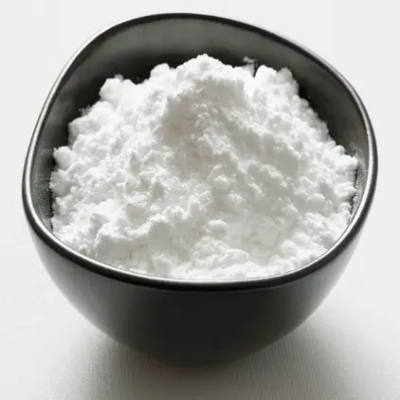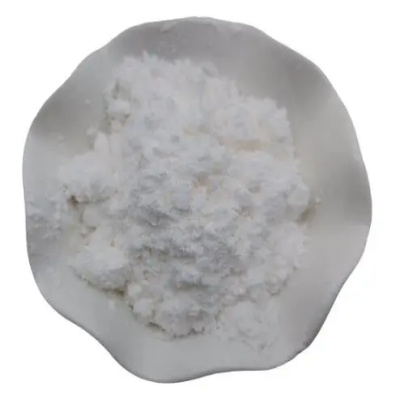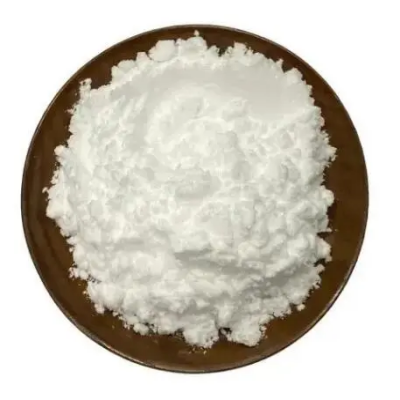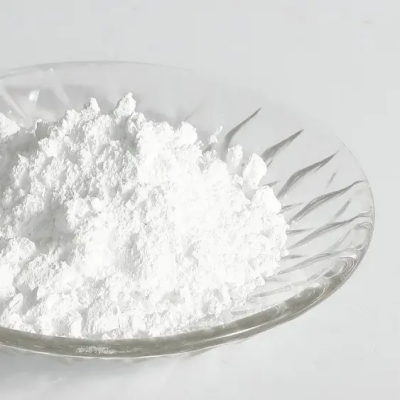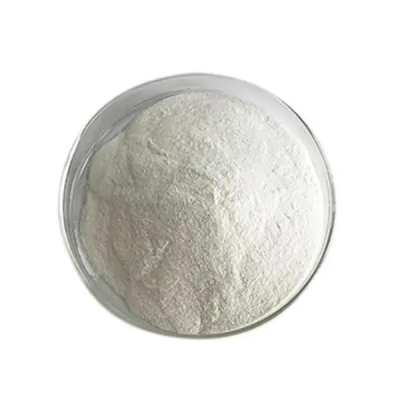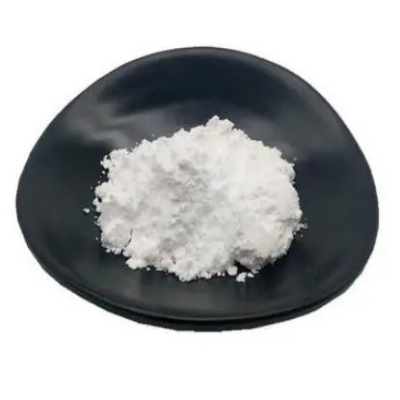(3R,4R)-1-(tert-Butoxycarbonyl)-4-methylpyrrolidine-3-carboxylic acid CAS:1119512-35-4
The synthesis of (3R,4R)-1-(tert-Butoxycarbonyl)-4-methylpyrrolidine-3-carboxylic acid typically involves synthetic routes utilizing commercially available starting materials. Common methods include the protection of the amine group of 4-methylpyrrolidine with tert-butyloxycarbonyl (Boc) group, followed by carboxylation to introduce the carboxylic acid functionality. Analytical techniques such as NMR, IR, and mass spectrometry are utilized to confirm the compound's structure and purity. Molecularly, (3R,4R)-1-(tert-Butoxycarbonyl)-4-methylpyrrolidine-3-carboxylic acid exhibits a pyrrolidine ring structure with a tert-butyloxycarbonyl group protecting the amine functionality. The presence of the carboxylic acid moiety offers opportunities for chemical modification and interactions with biological targets. The stereochemistry of the compound, denoted by (3R,4R), is crucial for its pharmacological properties and biological activity. Pharmacological Significance and Potential Applications The structural features of (3R,4R)-1-(tert-Butoxycarbonyl)-4-methylpyrrolidine-3-carboxylic acid make it a promising candidate for pharmaceutical research. Pyrrolidine derivatives are known for their diverse pharmacological activities, including as building blocks in peptide synthesis and as intermediates in drug discovery. The tert-butyloxycarbonyl group serves as a protecting group during synthesis, allowing for selective functionalization and manipulation of the molecule's chemical properties. The carboxylic acid functionality in (3R,4R)-1-(tert-Butoxycarbonyl)-4-methylpyrrolidine-3-carboxylic acid offers opportunities for conjugation with other molecules or targeting specific biological pathways. This could lead to the development of novel therapeutic agents targeting various diseases, including cancer, inflammation, and infectious diseases. In conclusion, (3R,4R)-1-(tert-Butoxycarbonyl)-4-methylpyrrolidine-3-carboxylic acid presents a promising molecular scaffold with significant pharmaceutical implications. Further research into its synthesis, stereochemistry, structure-activity relationships, and pharmacological applications is essential to fully exploit its therapeutic potential across diverse medical domains.



| Composition | C11H19NO4 |
| Assay | 99% |
| Appearance | white powder |
| CAS No. | 1119512-35-4 |
| Packing | Small and bulk |
| Shelf Life | 2 years |
| Storage | Store in cool and dry area |
| Certification | ISO. |




